Mark Rigney Reviews The Holler
 The Holler
The Holler
Marge Fulton
BlackWyrm Press (87pp, $11.95, 2010; kindle edition $2.99)
Reviewed by Mark Rigney
Brevity, observed Shakespeare in the ghost story known as Hamlet, is the soul of wit. Does it follow that it is also the soul of horror fiction? Writers as diverse as Shirley Jackson (“The Lottery”) and Jeffrey Ford (“The Night Whiskey”) rise at once to make the case for the sharp, jabbing effects of short-form terrors. Now enter Marge Fulton with The Holler: Tales of horror from Appalachia. Fulton’s arsenal starts with brevity in the extreme. The book’s eighty-seven pages pack twenty-four separate stories.
“Black Santa” opens the set with a deaf dreamer trying to regain the toy she lost as a child, getting it, and discovering that once you have Santa for a toy, the gifts just keep on giving. Hardly a horrific opener, except for the tawdry semi-Southern Gothic feel, and the next in line, “Preying Hands,” turns out to be science fiction (of the murderous fat camp variety). A haywire ATM spurts blood in “Blood Bank,” for reasons as yet undivulged, but we know this is Appalachia because leading lady Bree frequents the Boone Ridge Mini-Mart and the Nearly New Shop while, in another tale, a character slurps Mountain Dew.
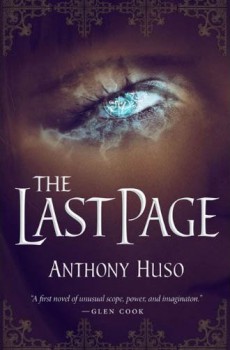 The Last Page
The Last Page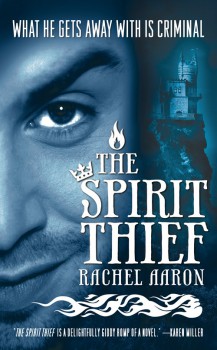 The Spirit Thief
The Spirit Thief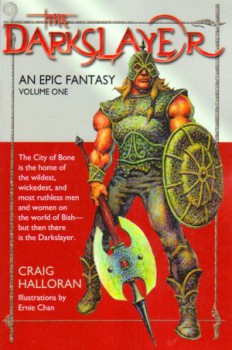 The Darkslayer: An Epic Fantasy, Volume One
The Darkslayer: An Epic Fantasy, Volume One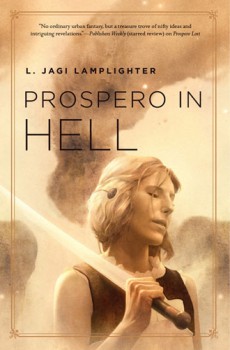 Prospero in Hell
Prospero in Hell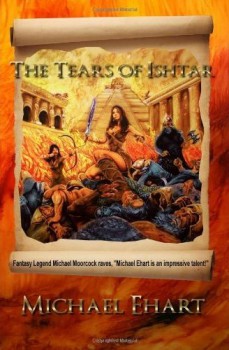 The Tears of Ishtar
The Tears of Ishtar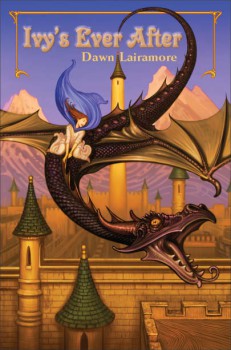 Ivy’s Ever After
Ivy’s Ever After Is Anybody Out There?
Is Anybody Out There?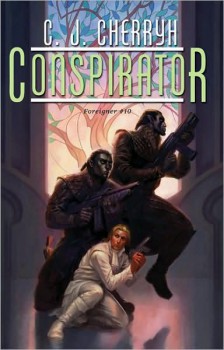 Conspirator
Conspirator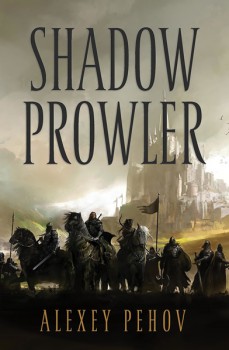 Shadow Prowler
Shadow Prowler